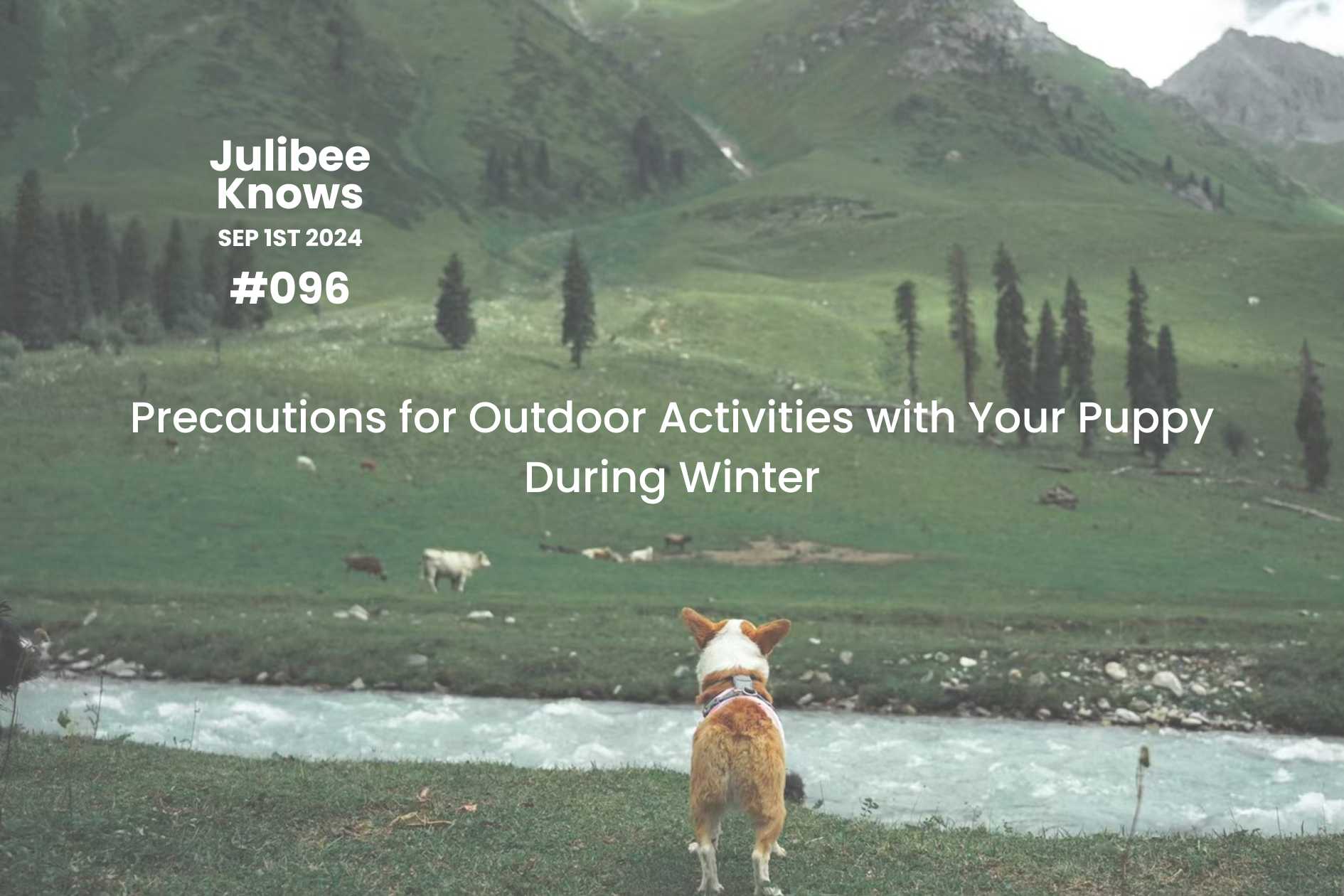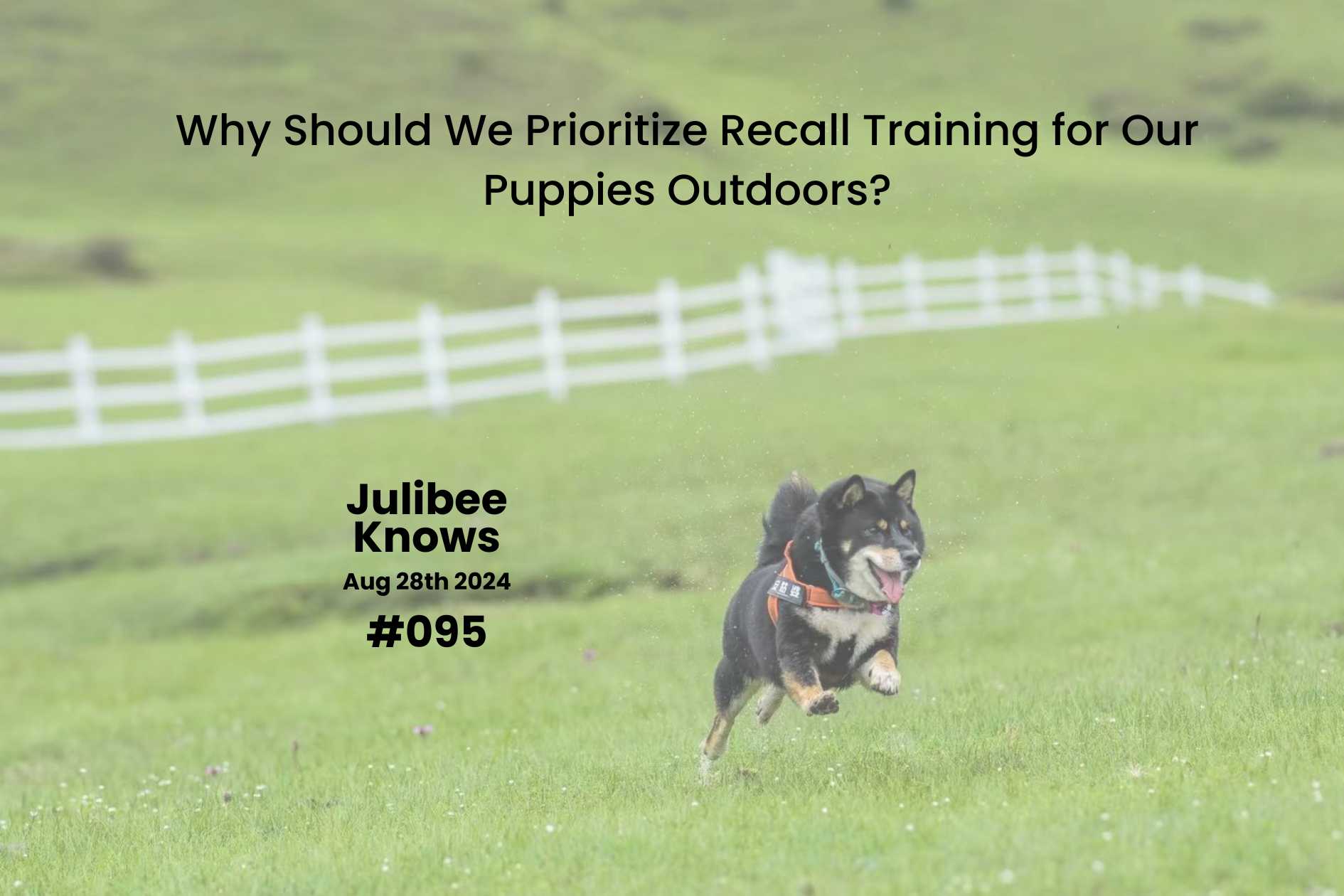
Precautions for Outdoor Activities with Your Puppy During Winter
Concerned about your puppy's comfort in the cold? Learn essential tips for winter outdoor activities, from proper gear to understanding your dog's cold tolerance. Keep your puppy safe and happy this winter.
It’s important to remember that your puppy’s tolerance to cold weather depends on several factors, including their size, weight, age, health condition, and outdoor protective gear.

- When the temperature drops below 45°F (about 7°C), dogs that typically dislike the cold may start feeling uncomfortable.
- At temperatures below 32°F (0°C), you should closely monitor small dogs, short-haired breeds, as well as older, younger, or sick dogs for signs of discomfort.
- Once the temperature drops to 20°F (-6°C), cold exposure and frostbite become a risk for all dogs.
Not all dogs are built for winter. However, the way different breeds react to cold can vary significantly.

What factors affect a puppy's response to cold?
-
Coat Type: Dogs with a double coat are usually more resistant to cold weather. These cold-resistant breeds often originate from northern climates and have anatomical, physiological, or behavioral traits that help them withstand the cold. Conversely, dogs with short and thin coats tend to be less cold-tolerant.
-
Body Size: Smaller dogs have a higher surface area-to-volume ratio, which means they lose heat more rapidly. Therefore, they are generally less tolerant of cold weather.
-
Weight (Body Fat): Body fat acts as an excellent insulator. Leaner dogs usually have lower cold tolerance.
-
Age and Health: Puppies, older dogs, or dogs with health issues cannot regulate their body temperature as effectively as healthy adult dogs. They require extra measures to stay warm in the cold.
-
Outdoor Gear: Specialized outdoor gear can effectively protect your dog from cold weather, making a significant difference in their comfort and safety.
In urban environments, snow-covered roads might be treated with salt, antifreeze, or de-icing agents. After outdoor activities, it’s essential to check and clean your dog’s paws to prevent them from licking harmful substances. In the wild, avoid walking or playing on icy surfaces, as there may be risks of ice breaking or falling through.
When engaging in outdoor activities during winter, whether in the city or the wilderness, it’s crucial as pet parents to understand and constantly monitor your puppy’s cold tolerance and activity limits. Ensure you take breaks and implement protective measures as needed.
Wishing you and your puppy a safe and joyful winter!
Expert Insights:
Winter conditions can be harsh on dogs, particularly those not bred for cold climates. According to the American Veterinary Medical Association (AVMA), even dogs accustomed to cold weather can be at risk for hypothermia and frostbite if left in extreme cold for too long. Therefore, providing appropriate winter protection and monitoring your dog's behavior and comfort level during cold weather outings is essential (source: AVMA).

